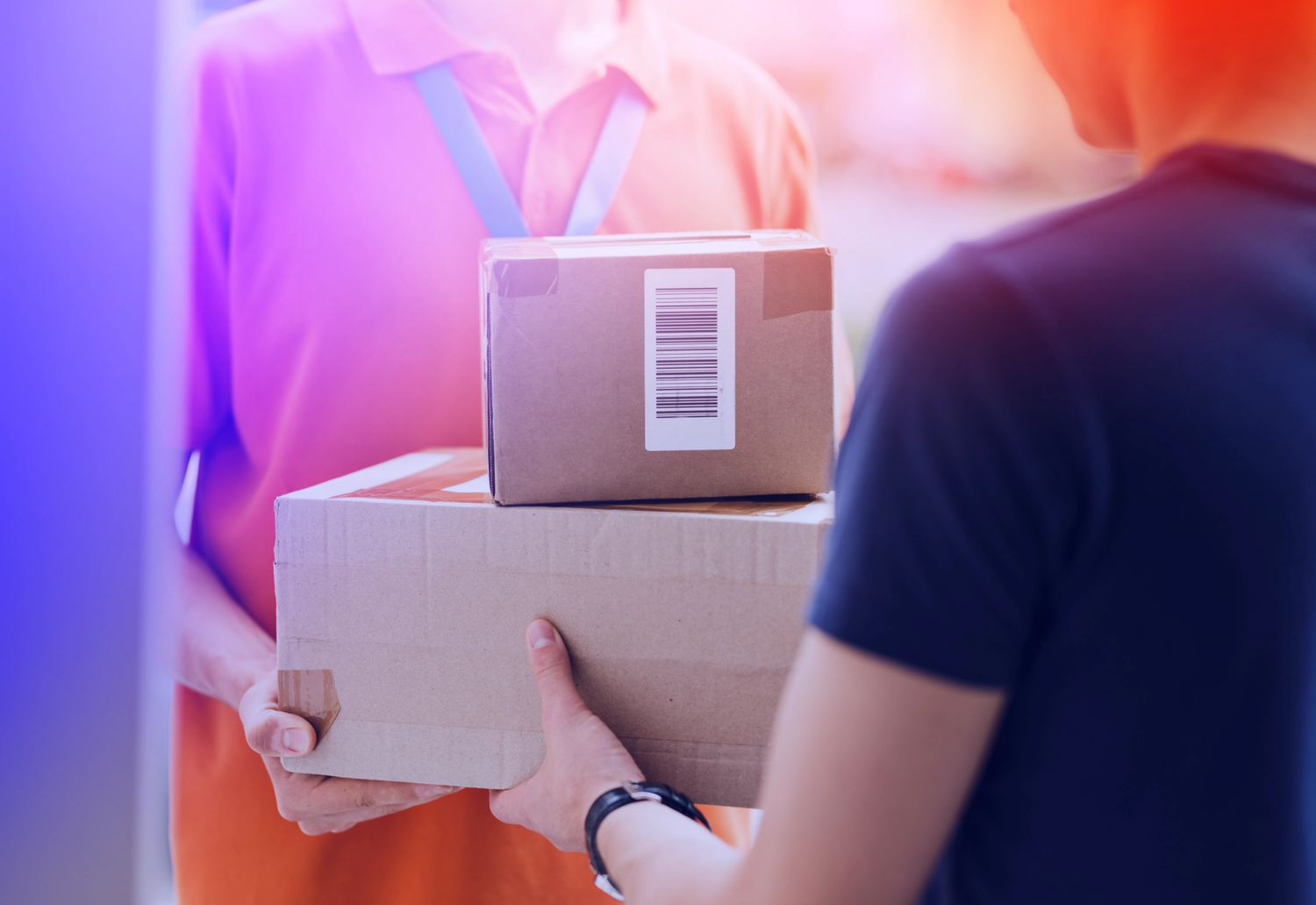Share this post

With traditional letter volumes in long-term decline and parcel deliveries accelerating with the rise of e-commerce, the postal industry is in flux and organizations face a structural reckoning.
As a result, many national postal organizations are reviewing their universal service obligation – a regulation ensuring all citizens, regardless of their location, have access to a basic set of postal services at a uniform and affordable price — and changing their operating models to meet the expectations of modern consumers.
Nowhere is the tension greater than in the last mile. Once treated as a backend cost center, last-mile delivery has become the defining battleground for efficiency, customer loyalty, and operational resilience.
Postal services that adapt quickly, reimagine networks, embrace automation, and integrate seamlessly into the retail ecosystem have the opportunity not just to survive, but to lead.
Here are five strategies for postal organizations looking to keep up with the changing environment:
- Redesign the postal networks for a parcel-first economy
- Embrace new routing strategies
- Deploy automation with purpose
- Use simulation to accelerate automation
- Become a strategic extension to the retail experience
1. Redesign the postal network
Legacy postal infrastructure was designed for lightweight letters, high volume, and a high cadence of delivery. In today’s environment, with global e-commerce sales projected to reach $6.9 trillion by 2025, those networks are misaligned with the parcel-heavy, fast-moving dynamics of e-commerce, where consumers are in the drivers seat.
To respond, postal services must reconfigure their physical footprints around actual demand. This means analyzing parcel flow data, identifying new centers of gravity and consolidating fragmented facilities into purpose-built hubs. These hubs can accommodate automation, high-speed sorting, and multi-directional routing to better serve consumers and commercial shippers alike.
By building scalability into the network design, postal organizations can better handle seasonal surges, regional disruptions, and future shifts in volume without overcommitting capital.
2. Embrace new routing strategies
The last mile accounts for over 50% of total delivery costs, the highest proportion across the supply chain. Inefficiencies in this area can come from urban congestion, missed deliveries, high labor demands, increasingly narrow customer delivery windows, and high customer expectations.
To address these challenges, the postal industry must embrace more intelligent routing strategies. Dynamic route optimization allows carriers to respond to real-time conditions like traffic and parcel volume – such as surges in demand across sale days and special occasions – improving efficiency and service reliability.
Postal organizations are also exploring more flexible labor models, supported by predictive staffing and scheduling tools that respond to actual demand rather than static forecasts.
In parallel, there’s growing demand for out-of-home delivery models like parcel lockers, third-party pick-up points, kiosks, and automated parcel machines. These out-of-home delivery models were once considered backup options but are now preferred by many consumers.
For example, in Europe, where adoption of pick up/drop off is high, InPost deployed over 82,000 automated parcel machines, and handled more than one billion parcels in 2024, reducing failed deliveries and giving customers flexibility in how and when they collect their parcels.
3. Deploy automation with purpose
Automation, supported by trained employees, is no longer optional for postal operations; it’s an enabler of scale and service consistency. But to be effective, automation must be matched to a clear business case and tailored to the operational role of each facility.
Large-volume hubs can benefit from robotics and AI-powered systems that manage parcel induction, sortation, and outbound routing. Smaller, local facilities might gain more from semi-automated systems like put-to-light technologies that streamline manual tasks and reduce human error.
At the last-mile level, automation is increasingly used to improve van loading by sequencing packages in the exact order of delivery, saving valuable driver time.
4. Use simulation to de-risk and speed transformation
Modernizing a national postal network like the United States Postal Service or the Royal Mail is a massive undertaking. Simulation tools and digital twins allow postal services to model their operations in a virtual environment before implementing changes in the real world.
With simulation, organizations can forecast peak-season volumes, stress-test new delivery patterns, optimize staffing models, and even compare facility configurations. This kind of scenario planning helps leaders identify bottlenecks, validate business cases, and avoid costly missteps.
Simulation turns transformation into a proactive strategy, reducing risk and providing the clarity needed for executive decision-making.
5. Become a strategic extension of the retail experience
The delivery experience is often the most visible and memorable part of a customer’s interaction with a brand. This makes postal providers not just logistics partners; they’re the final touchpoint in the retail journey and make or break customer experience.
Retailers increasingly expect logistics partners to offer multiple delivery options, flexible time windows, robust tracking, and seamless returns management. They also value data integration, such as shared forecasting and inventory visibility to improve fulfillment planning and avoid delivery disruptions.
Postal organizations that can deliver a consistent, transparent, and personalized service will cement their role as strategic partners in the commerce ecosystem.
Don’t chase the last mile—lead it
Postal organizations can continue operating with legacy models designed for yesterday’s volumes or embrace a smarter, adaptive framework built for the realities of modern commerce.
Postal services of the future must acknowledge that transformation isn’t a one-time project, but instead a mindset shift toward dynamic networks, real-time intelligence, automated execution, and customer-centric service. Those who invest in this future now will define the next era of postal logistics.
This article was originally published in The Future of Commerce on 26 September 2025.
Reach out to Bob Black on LinkedIn.

